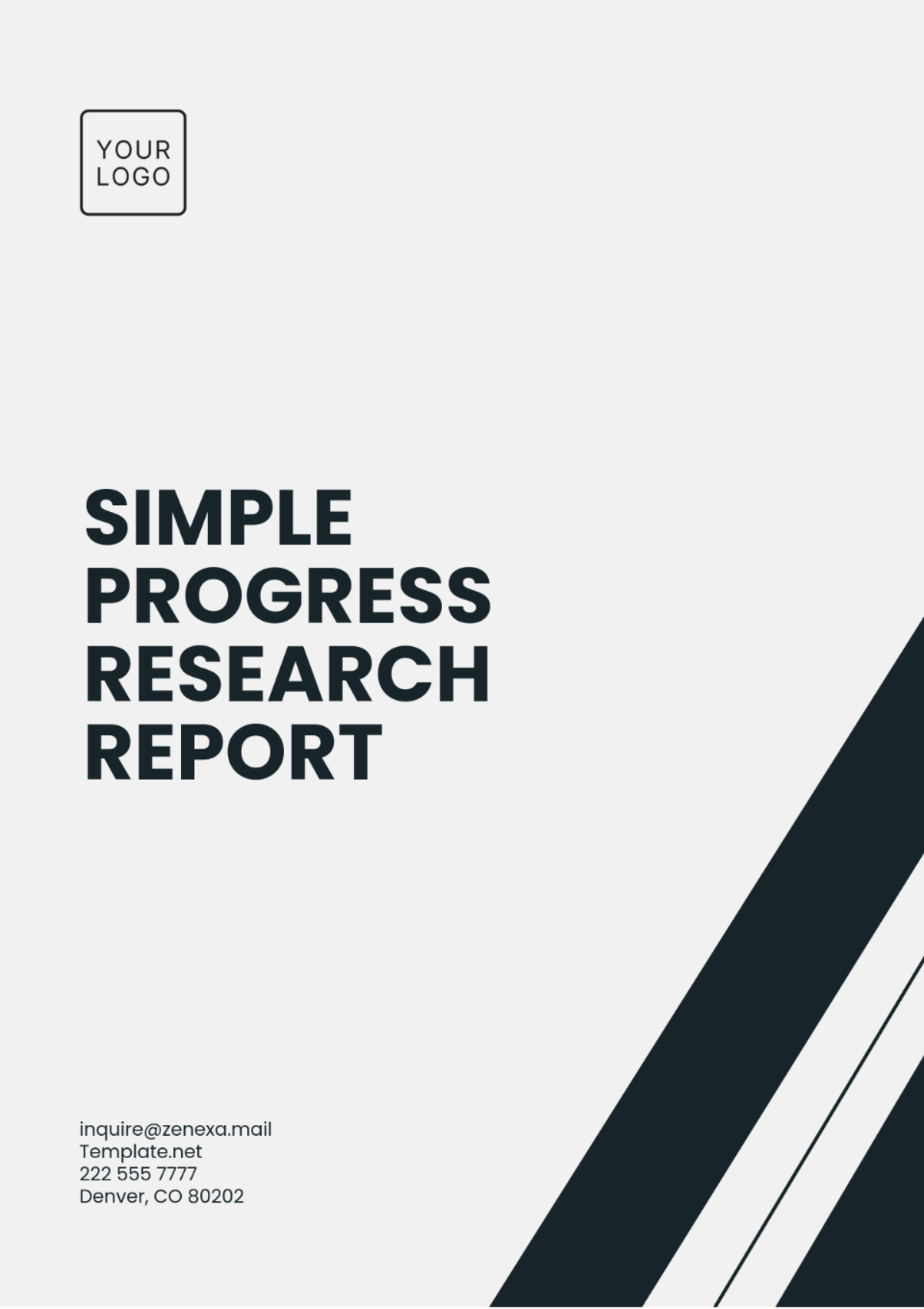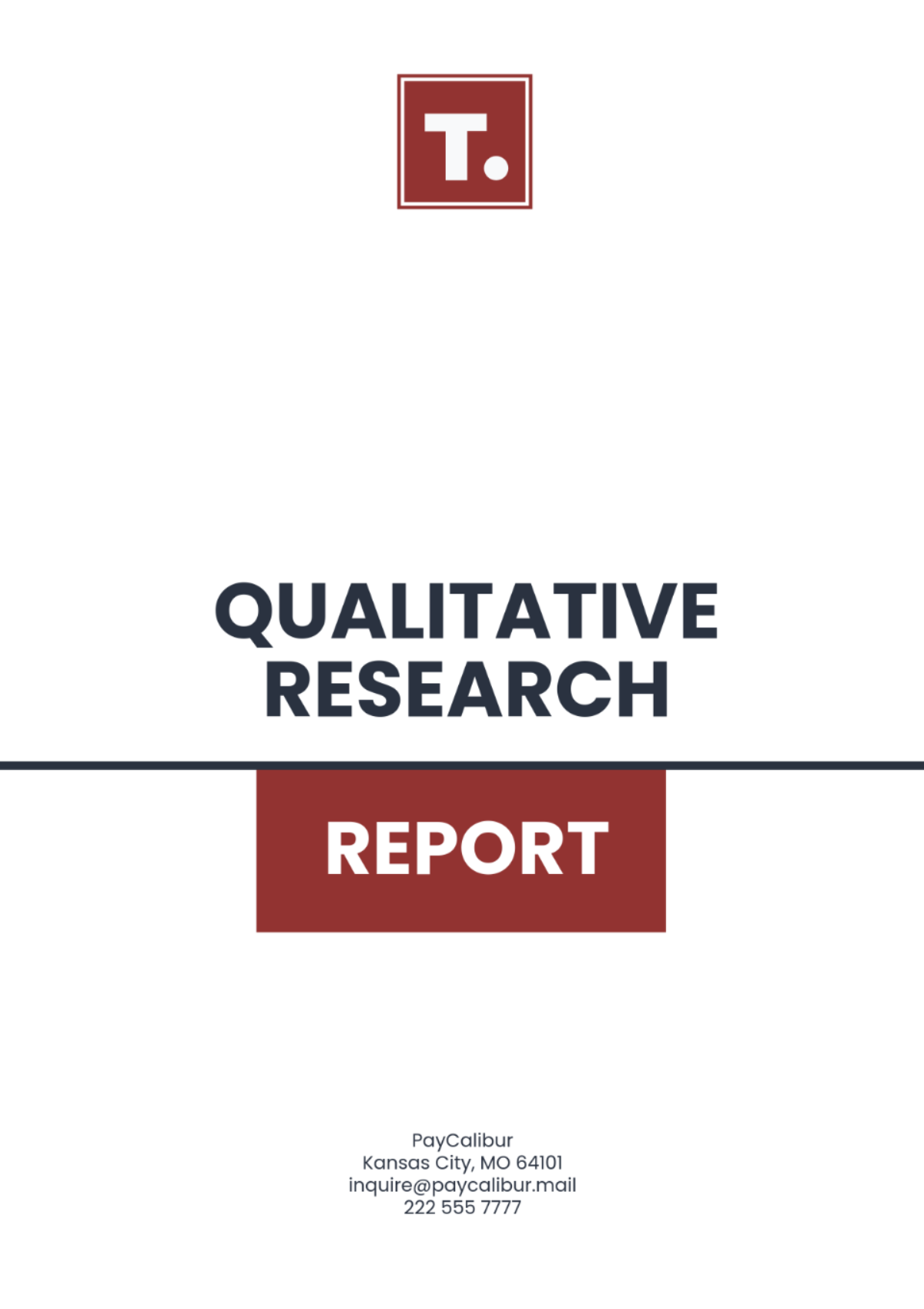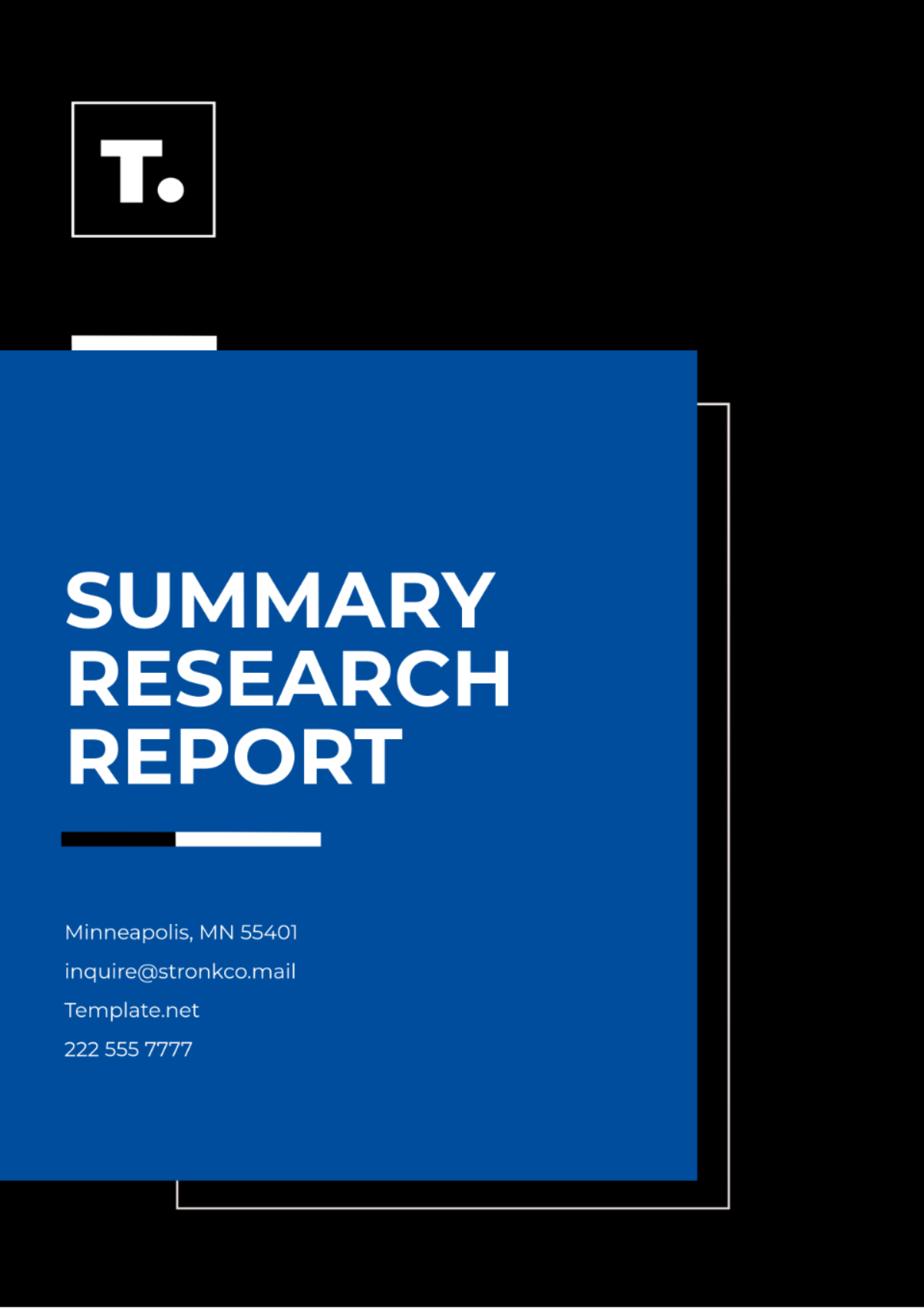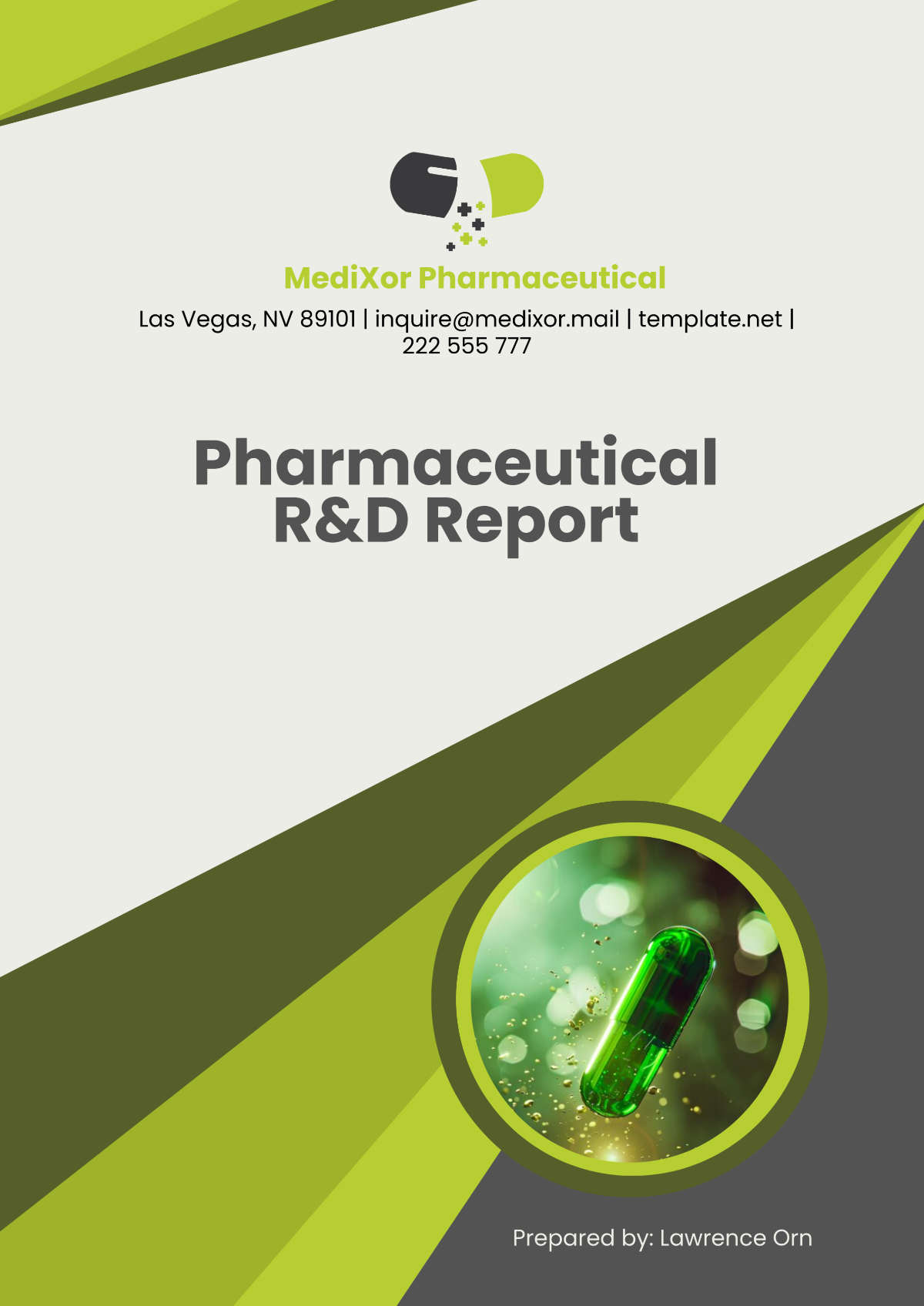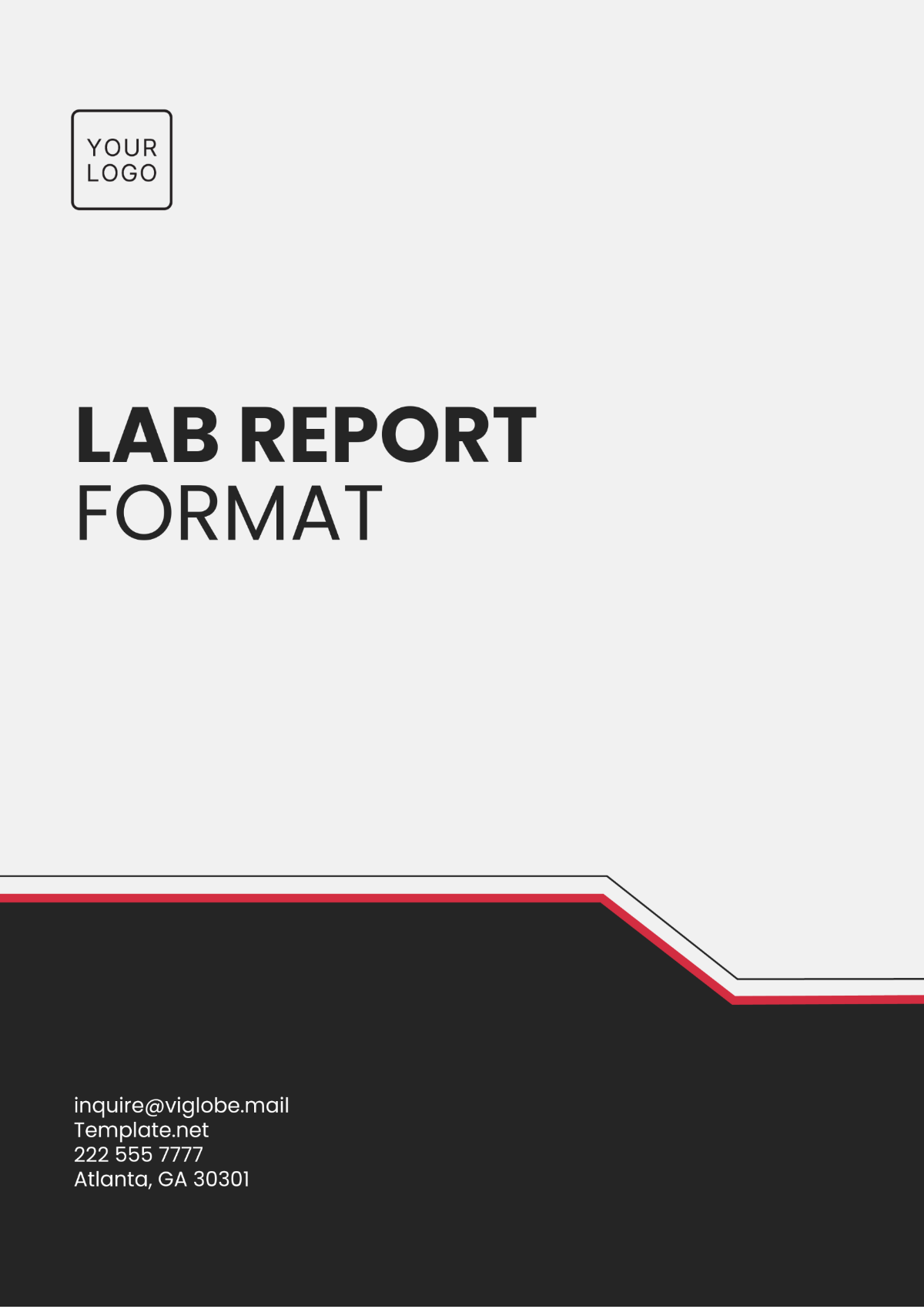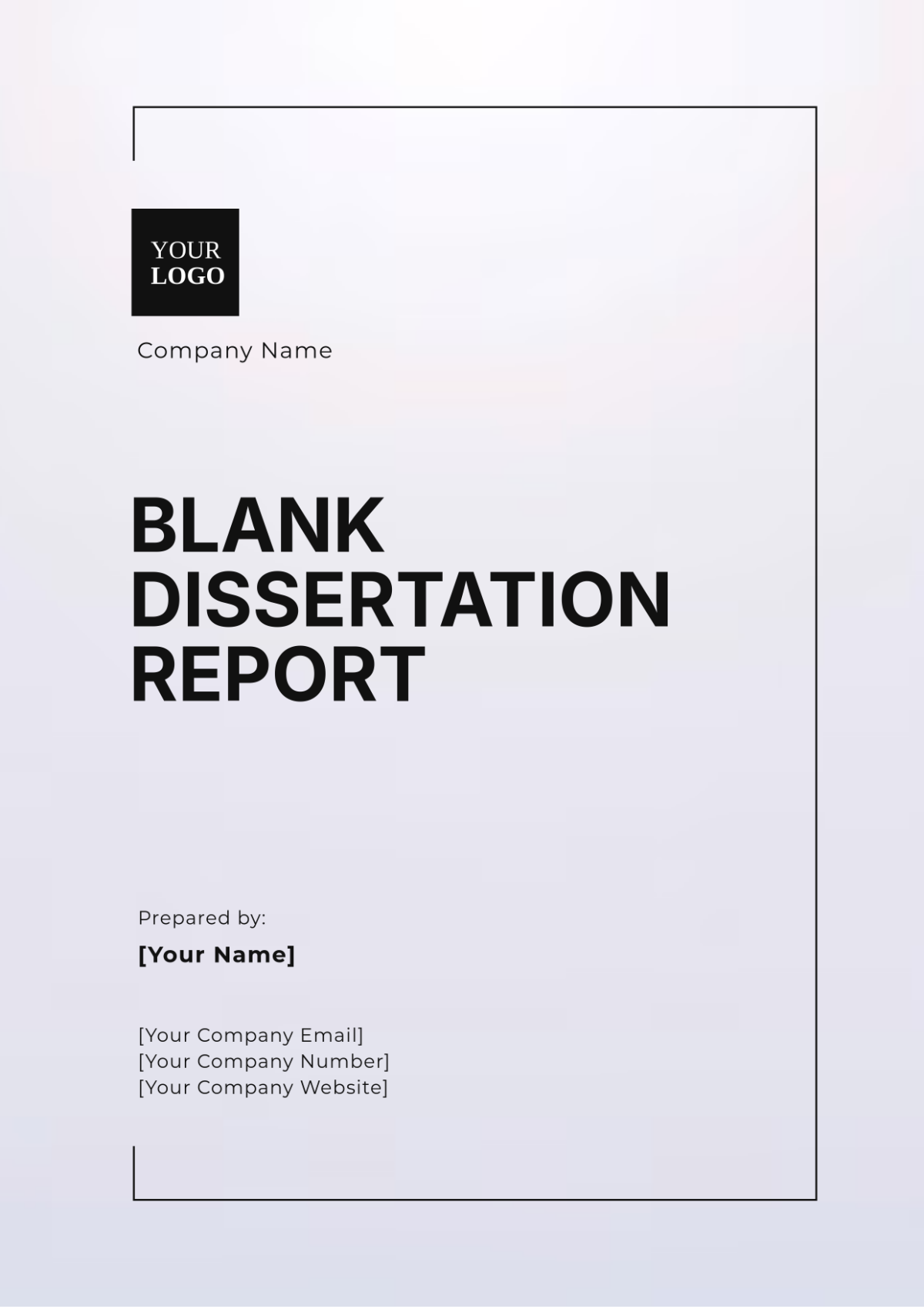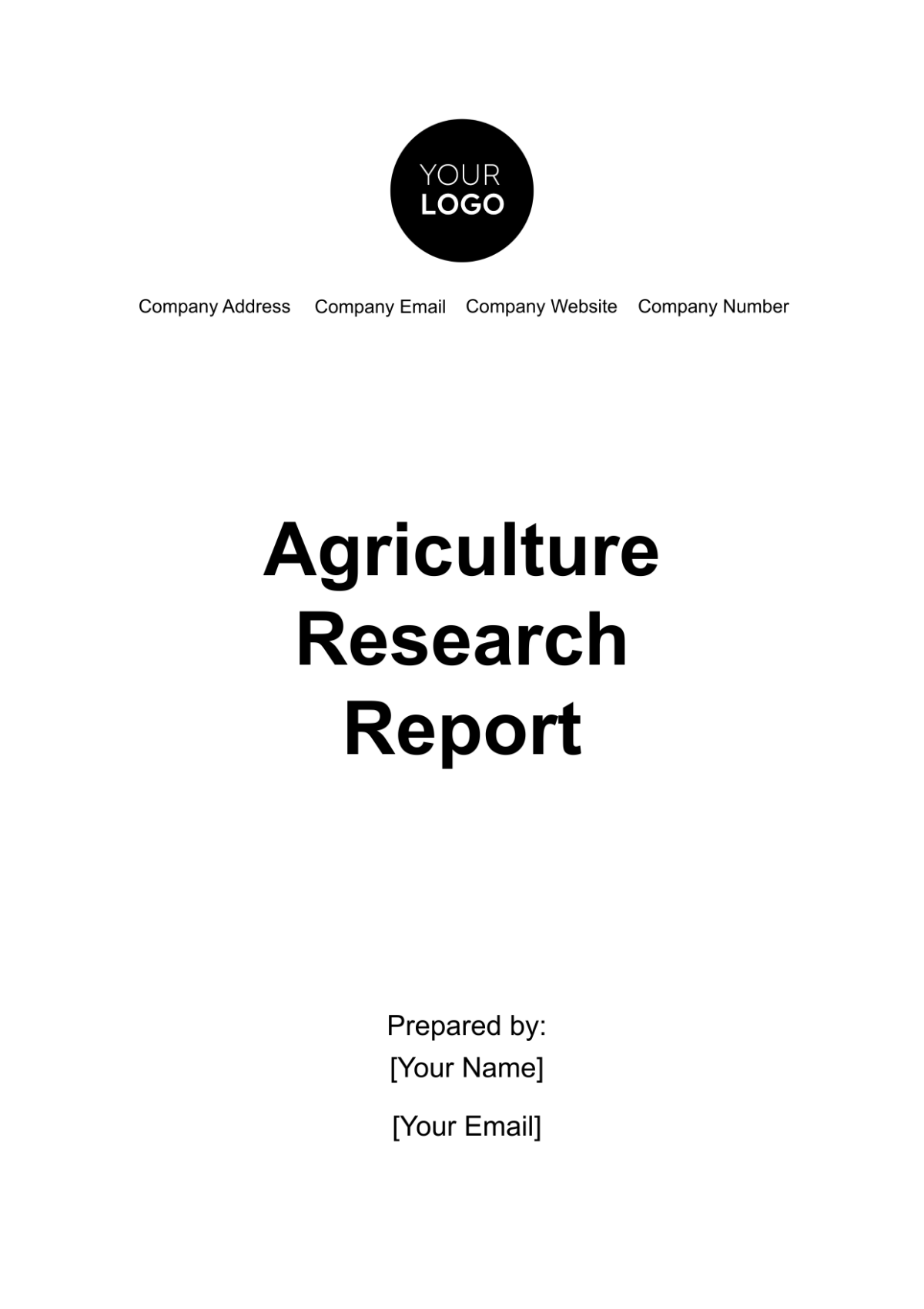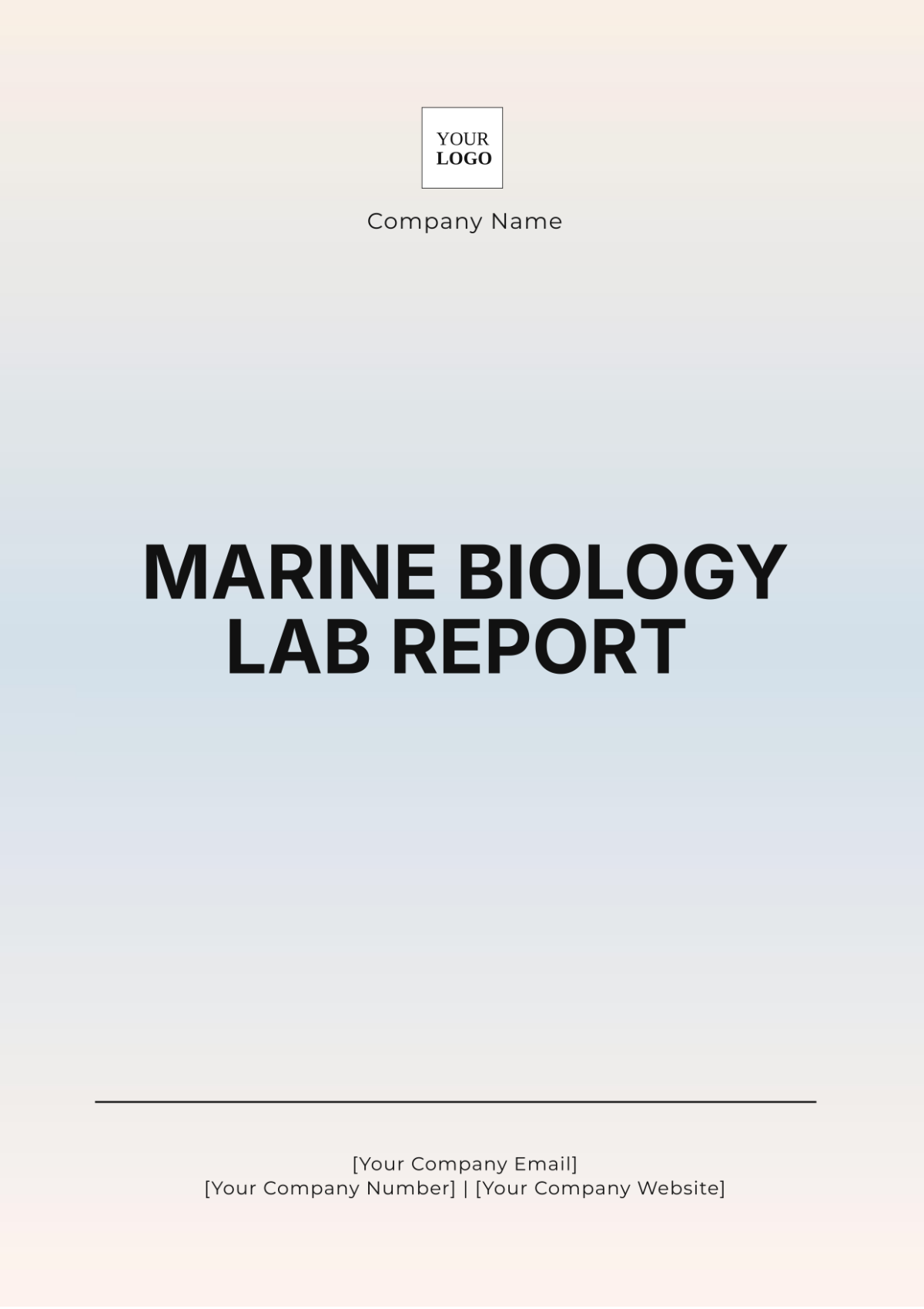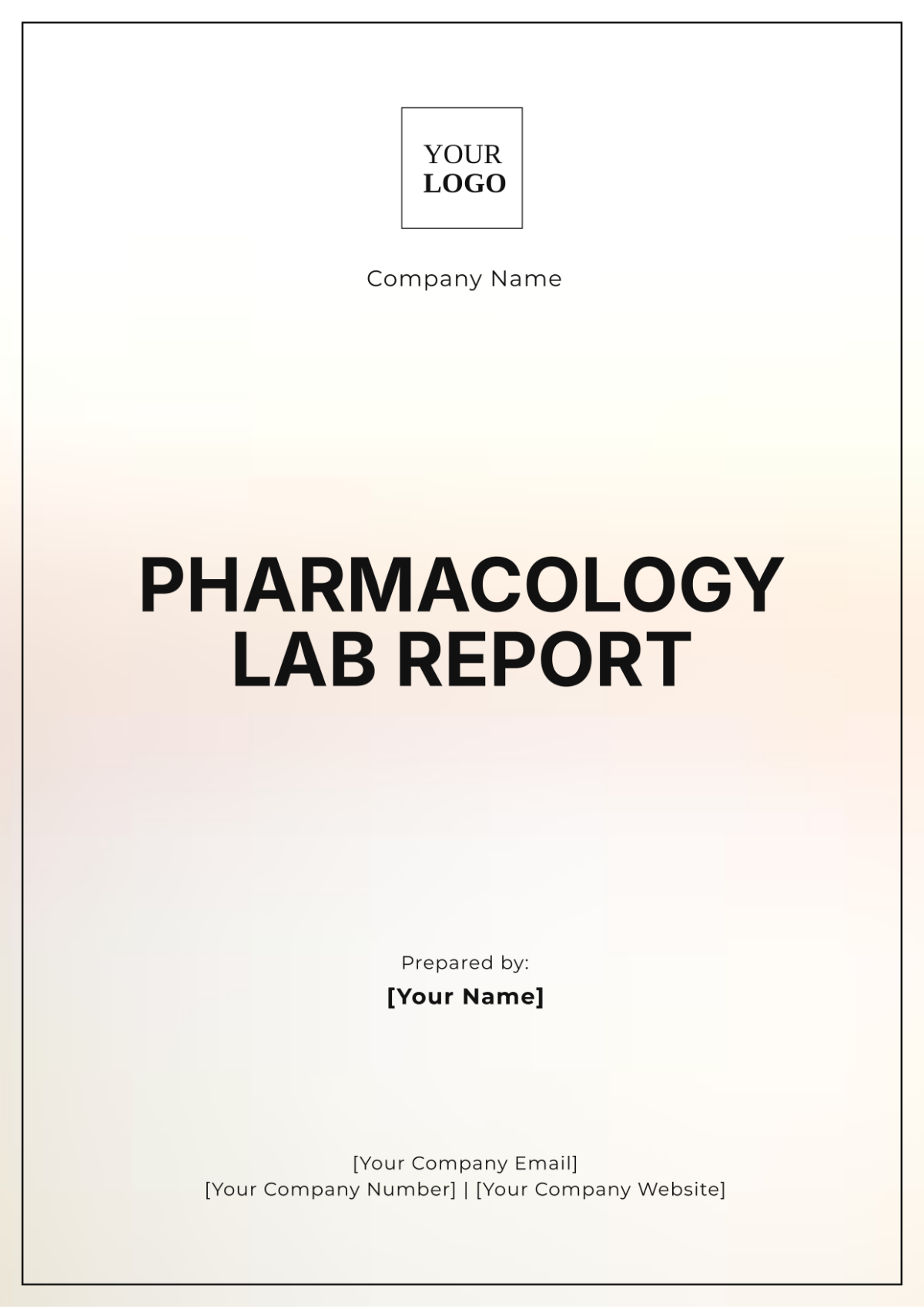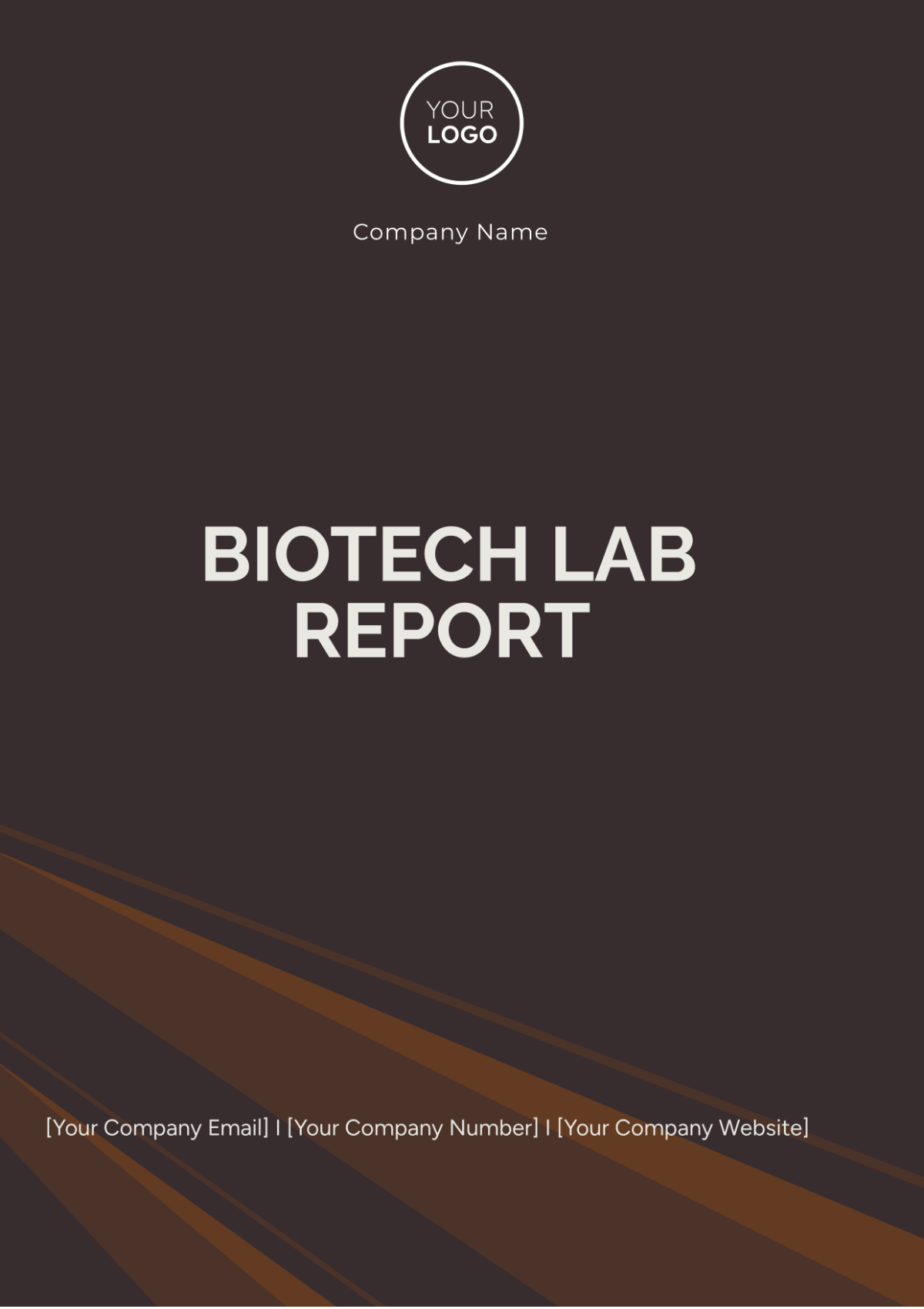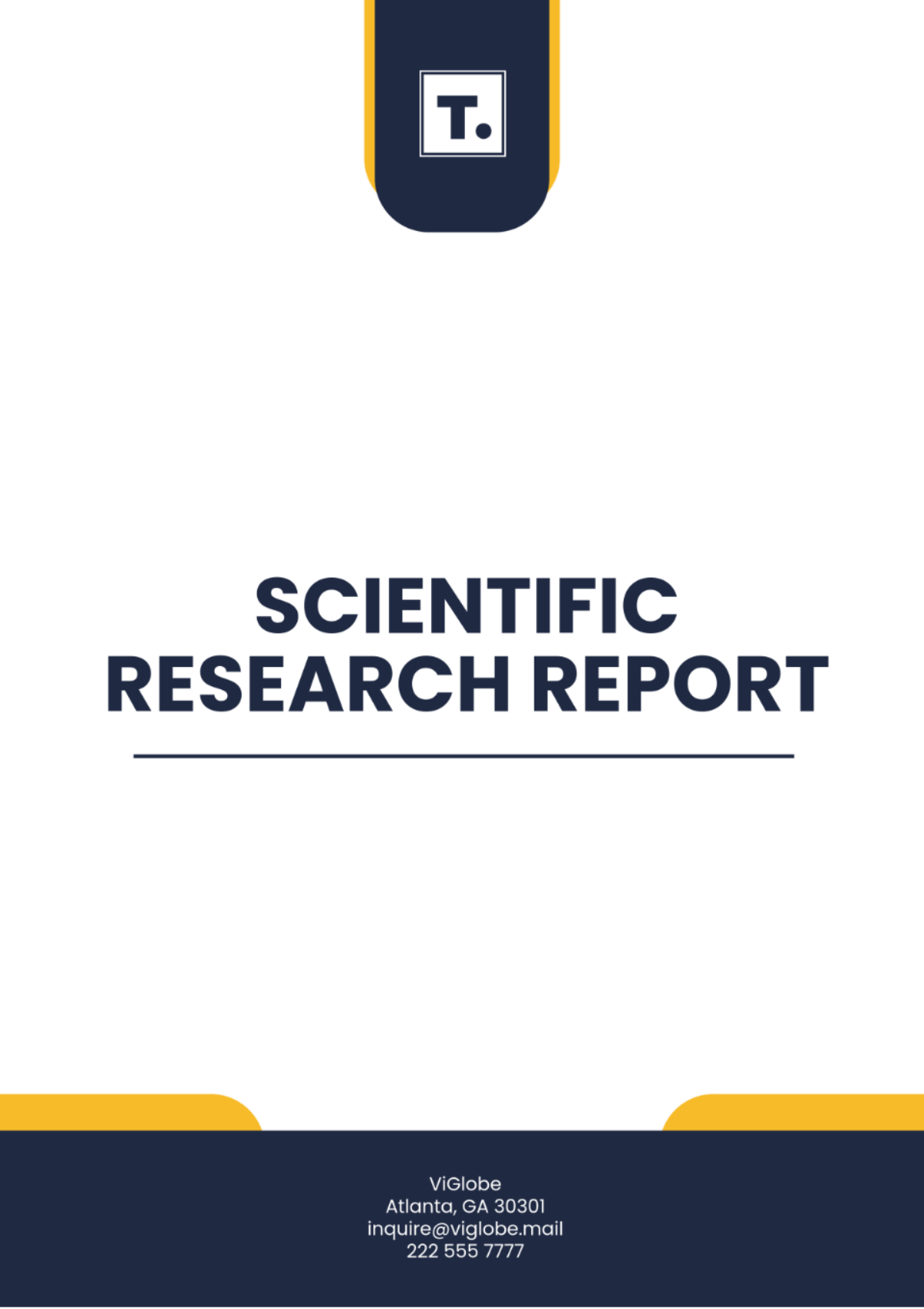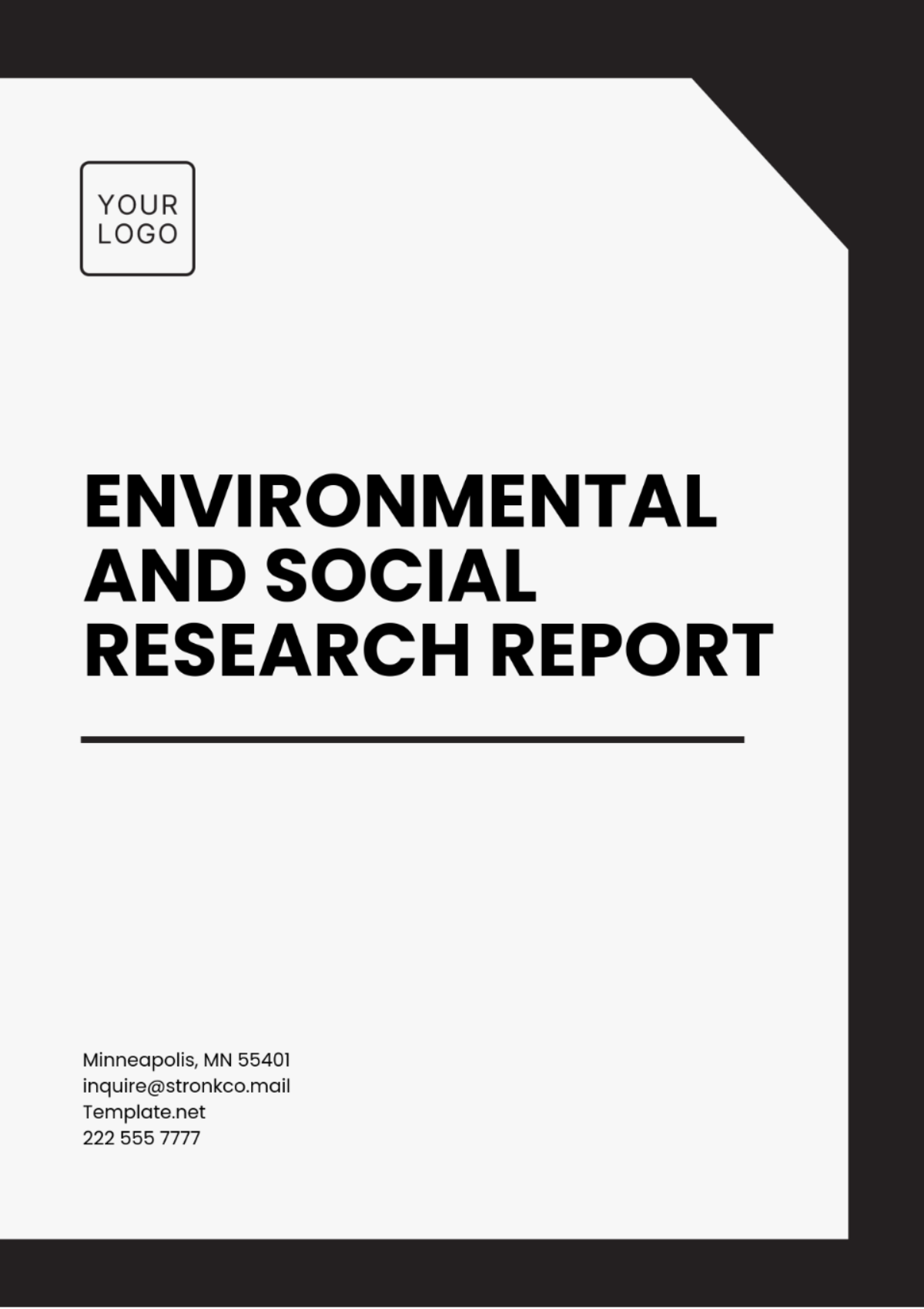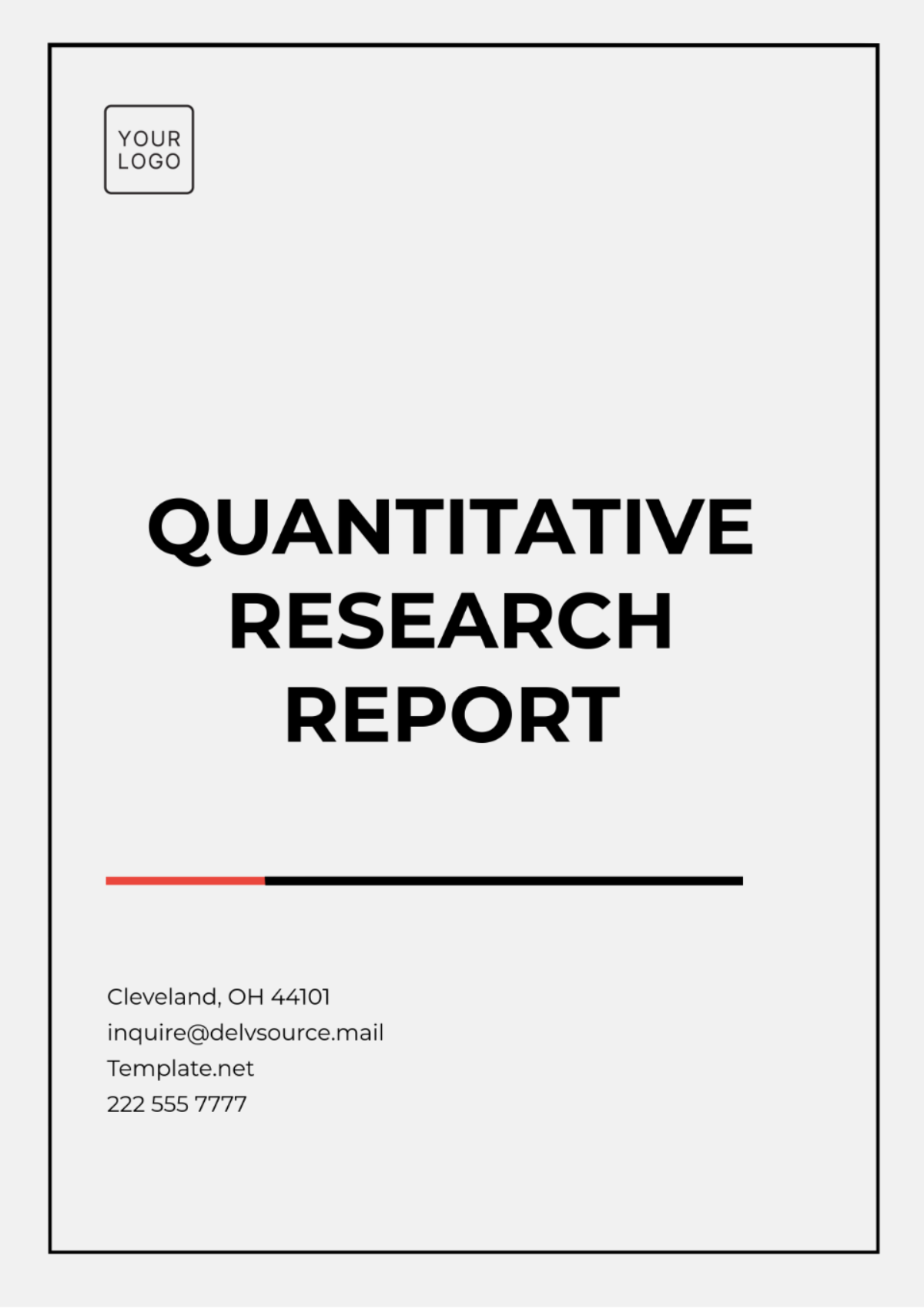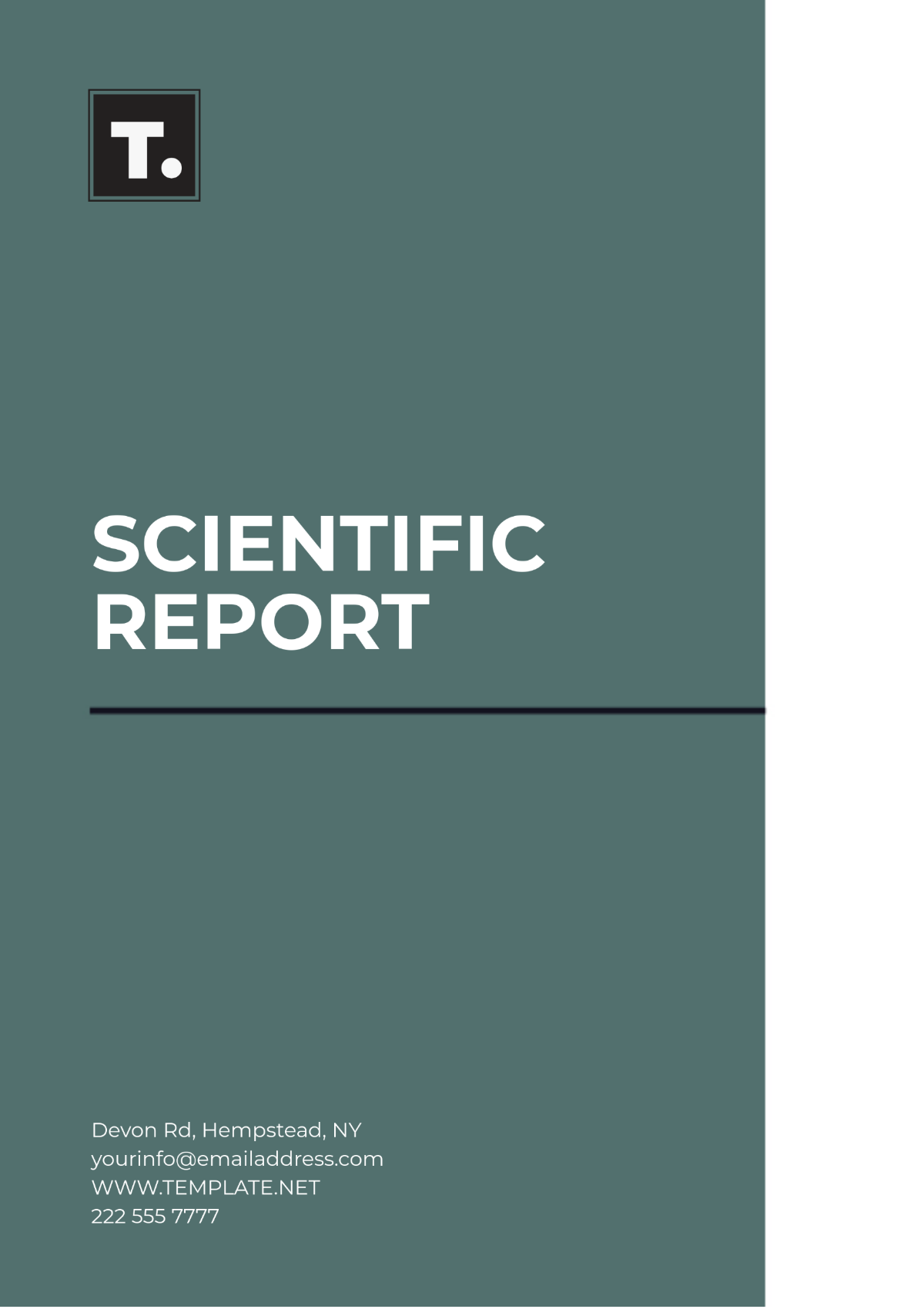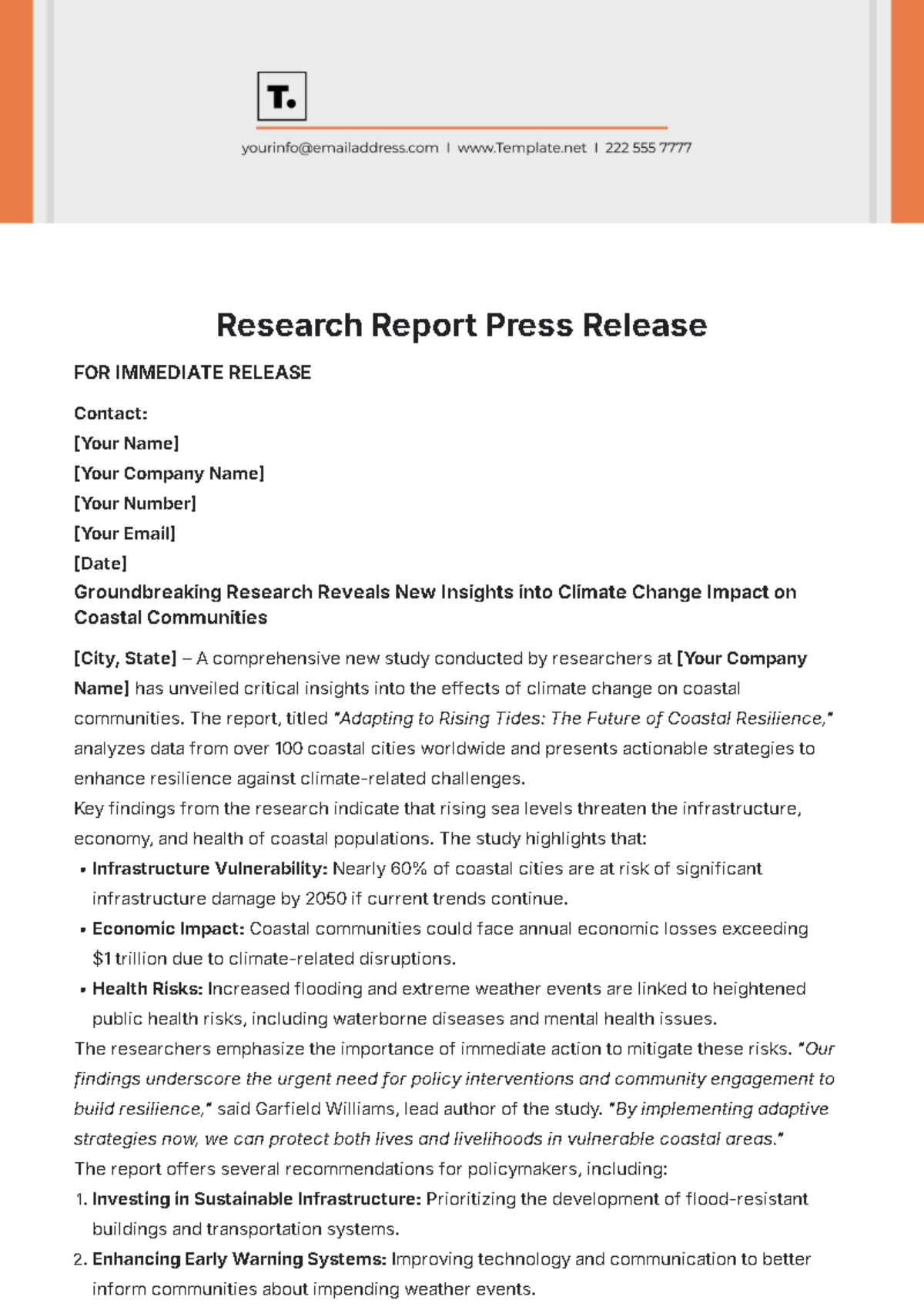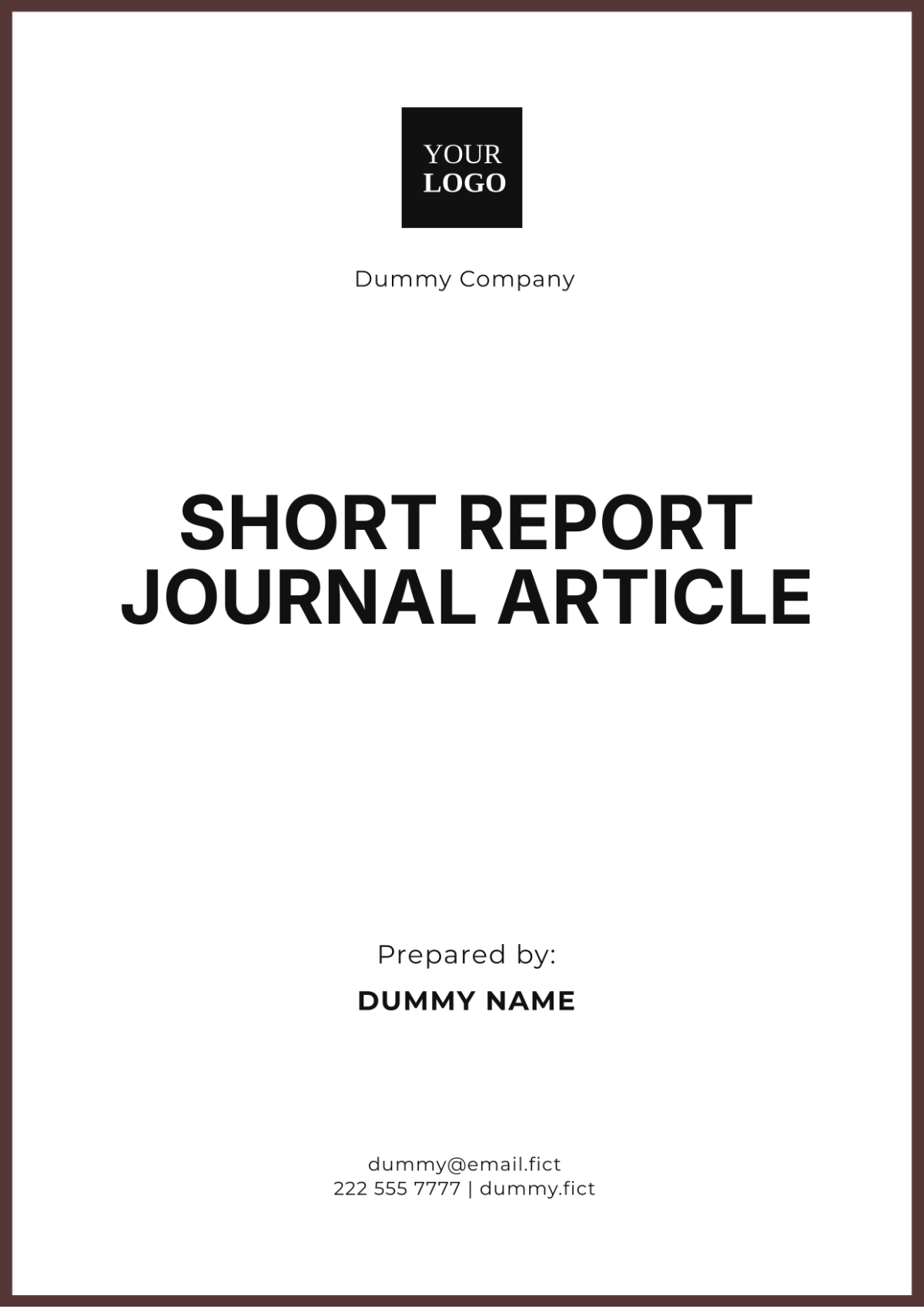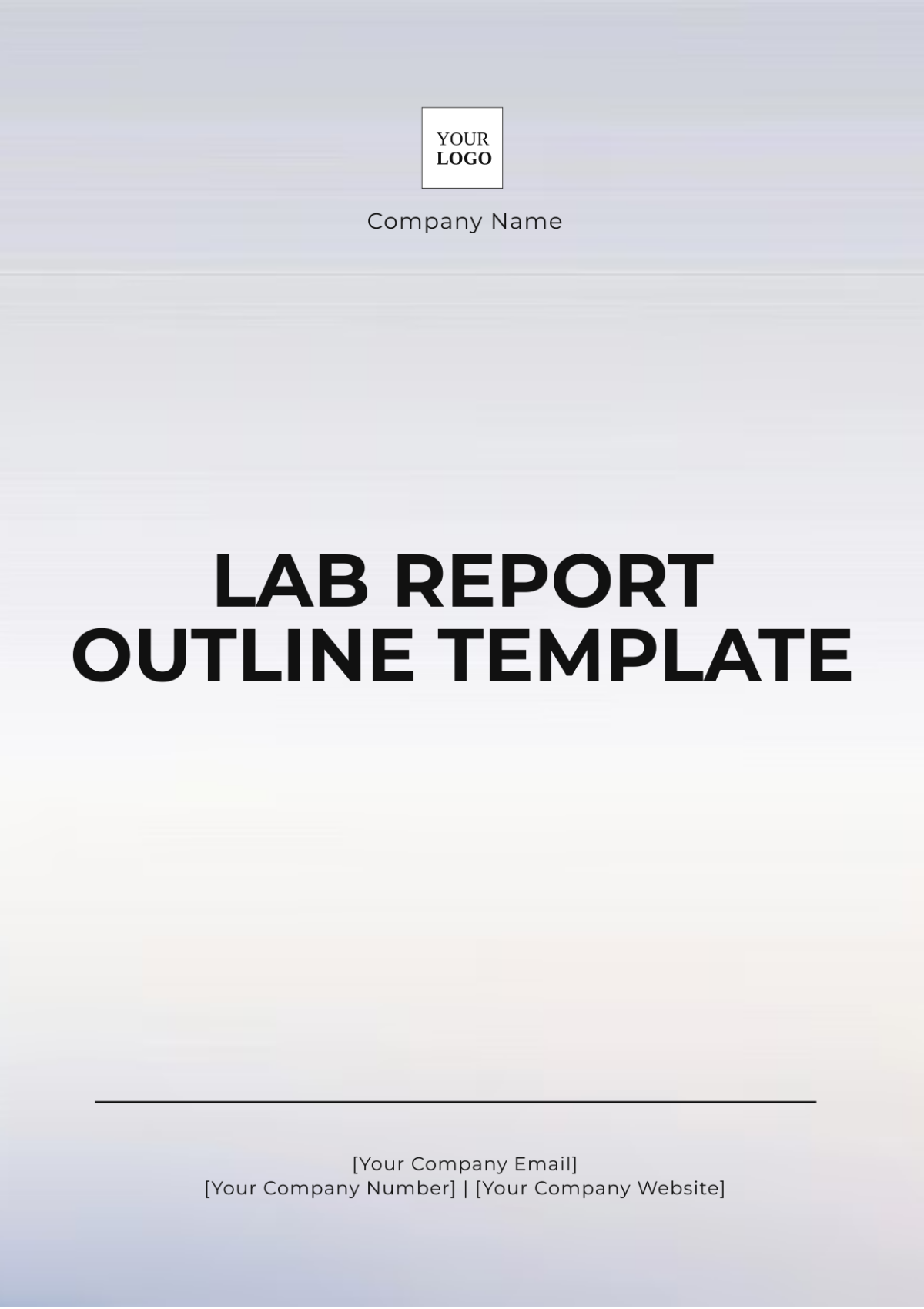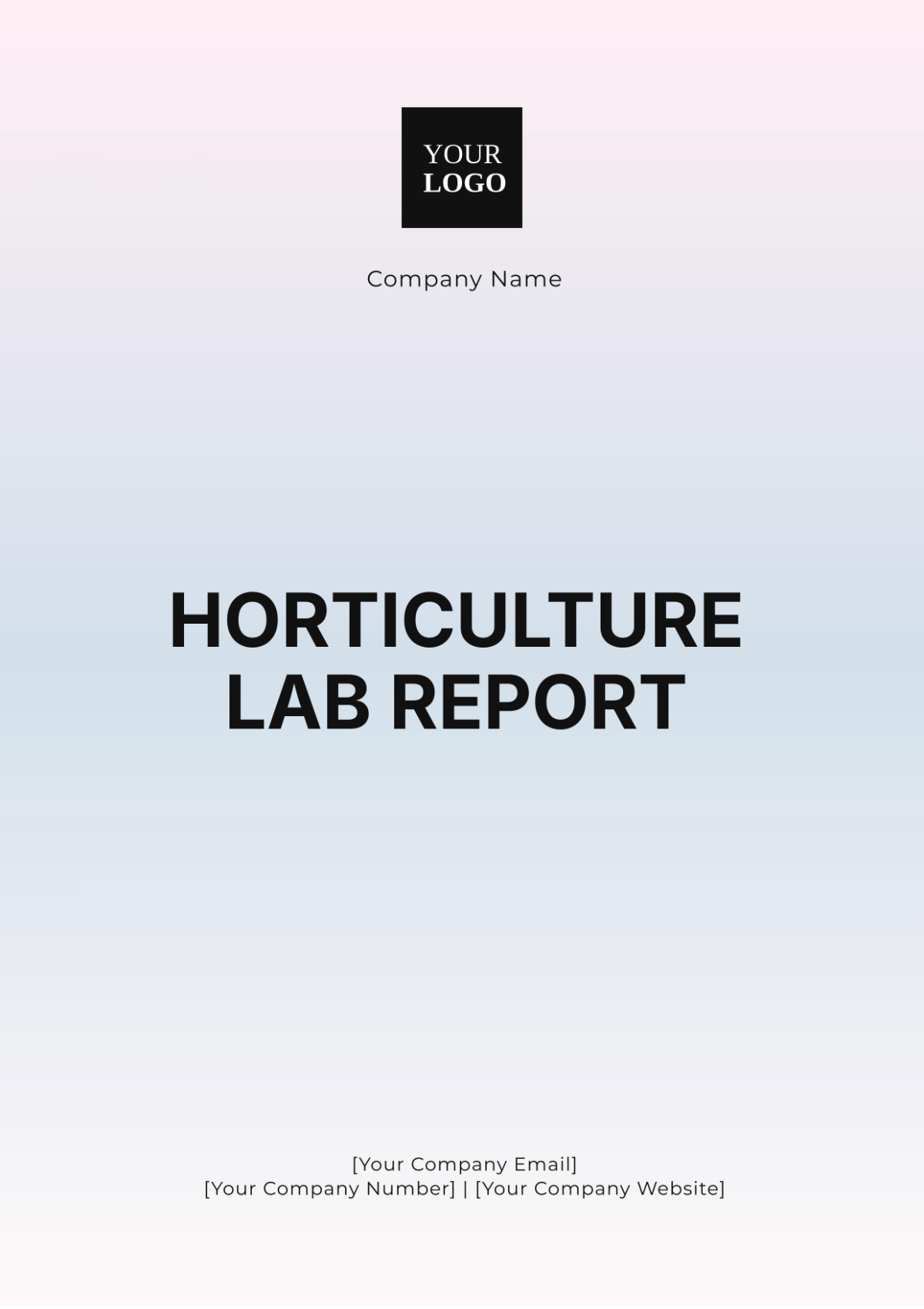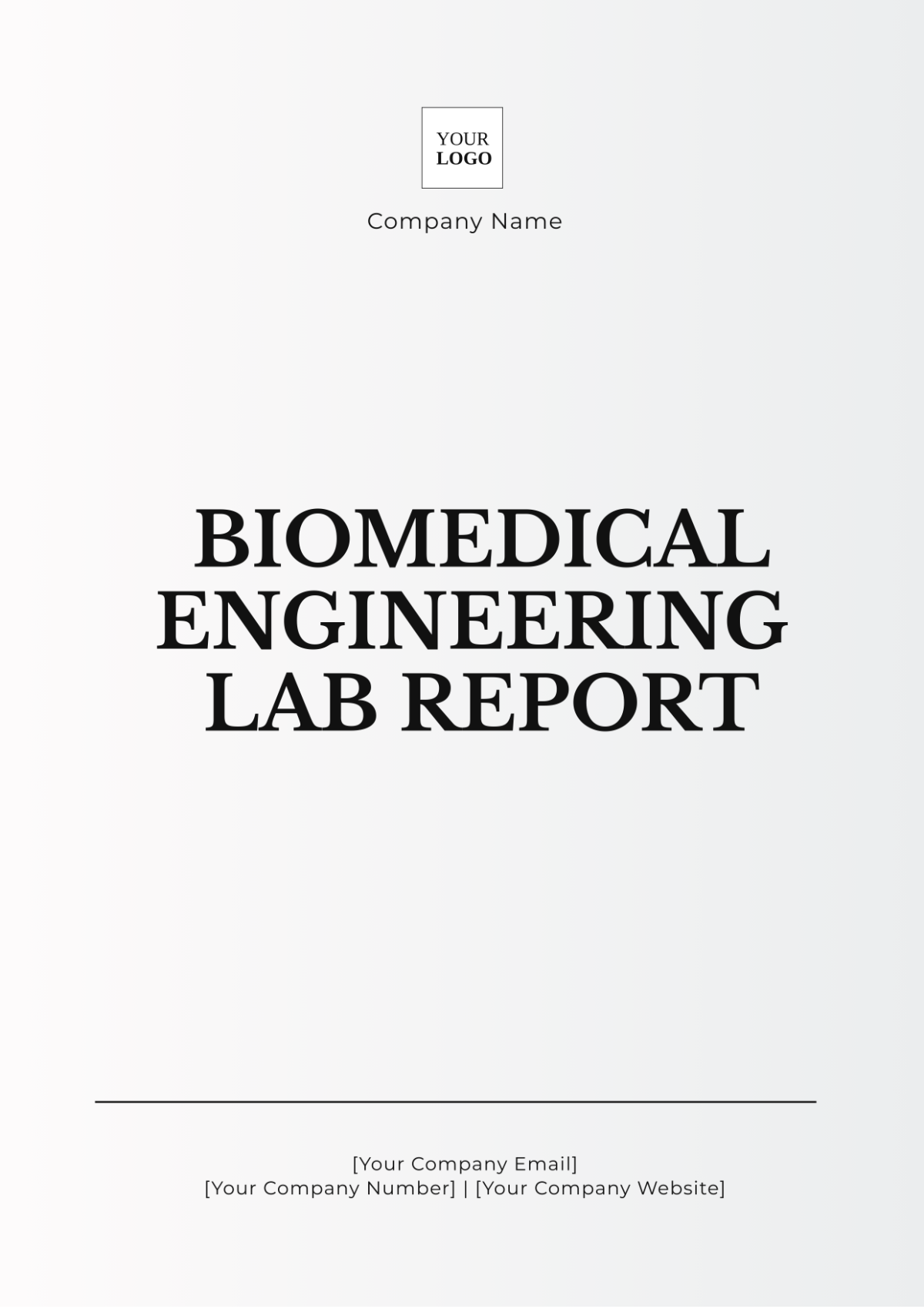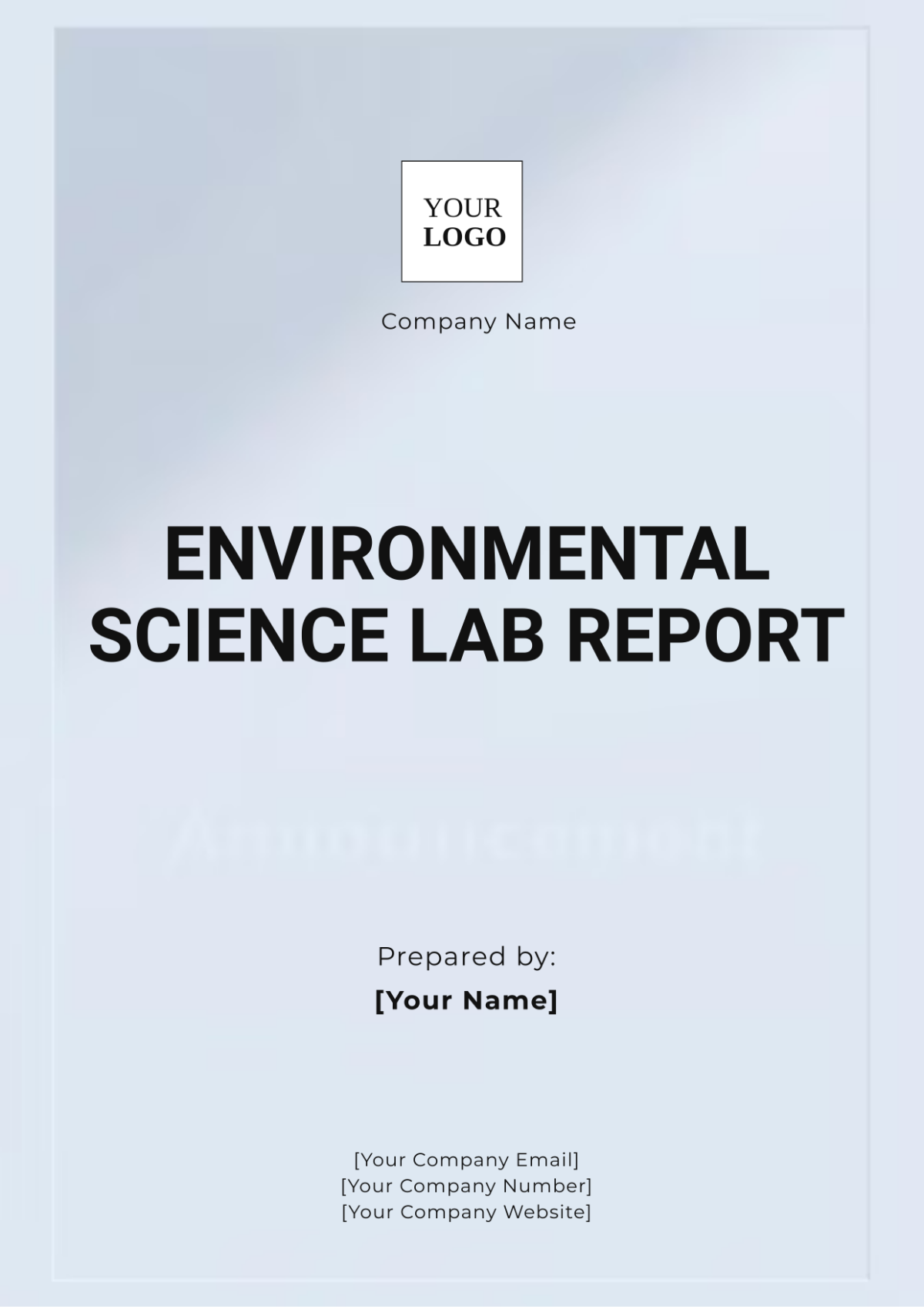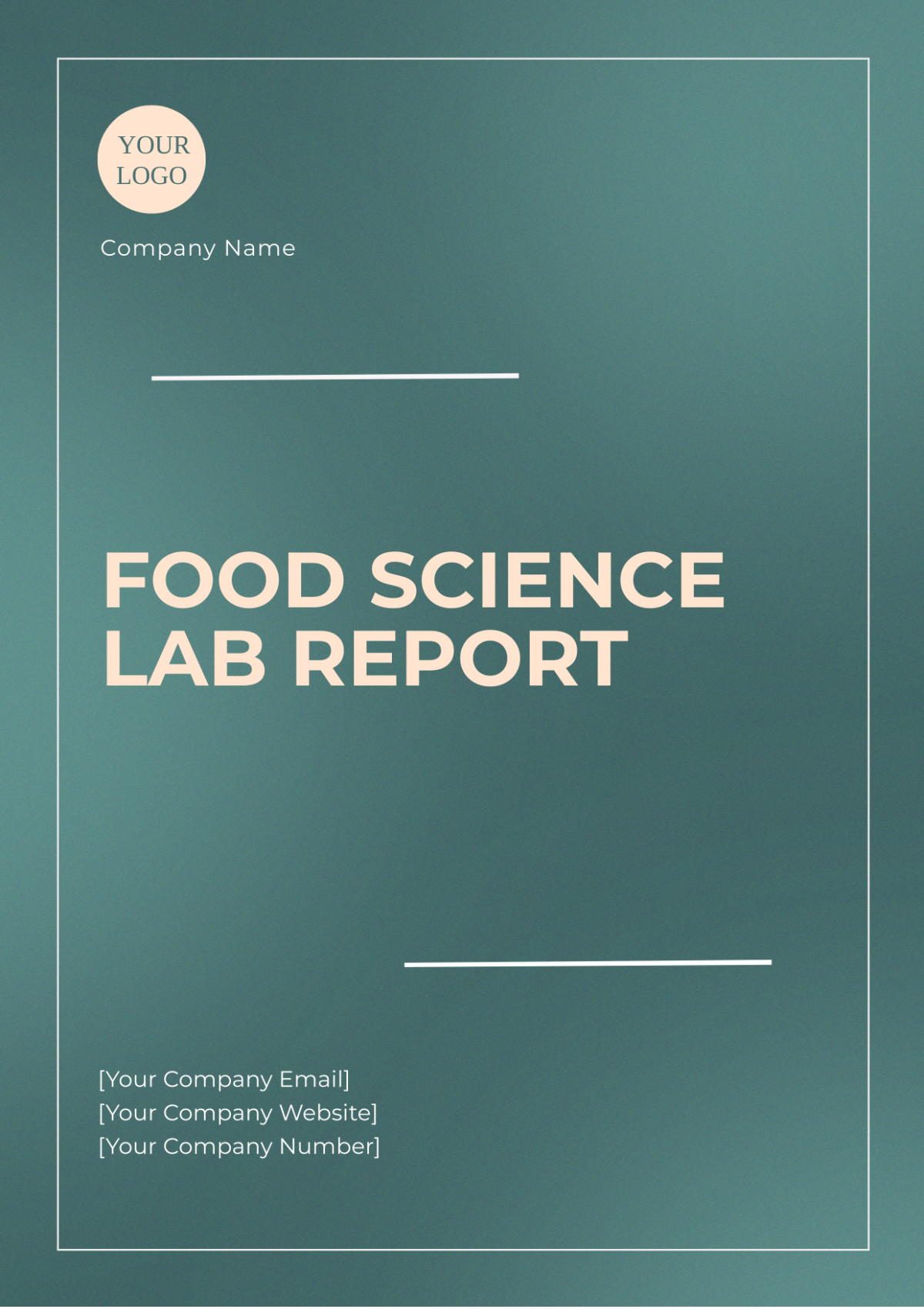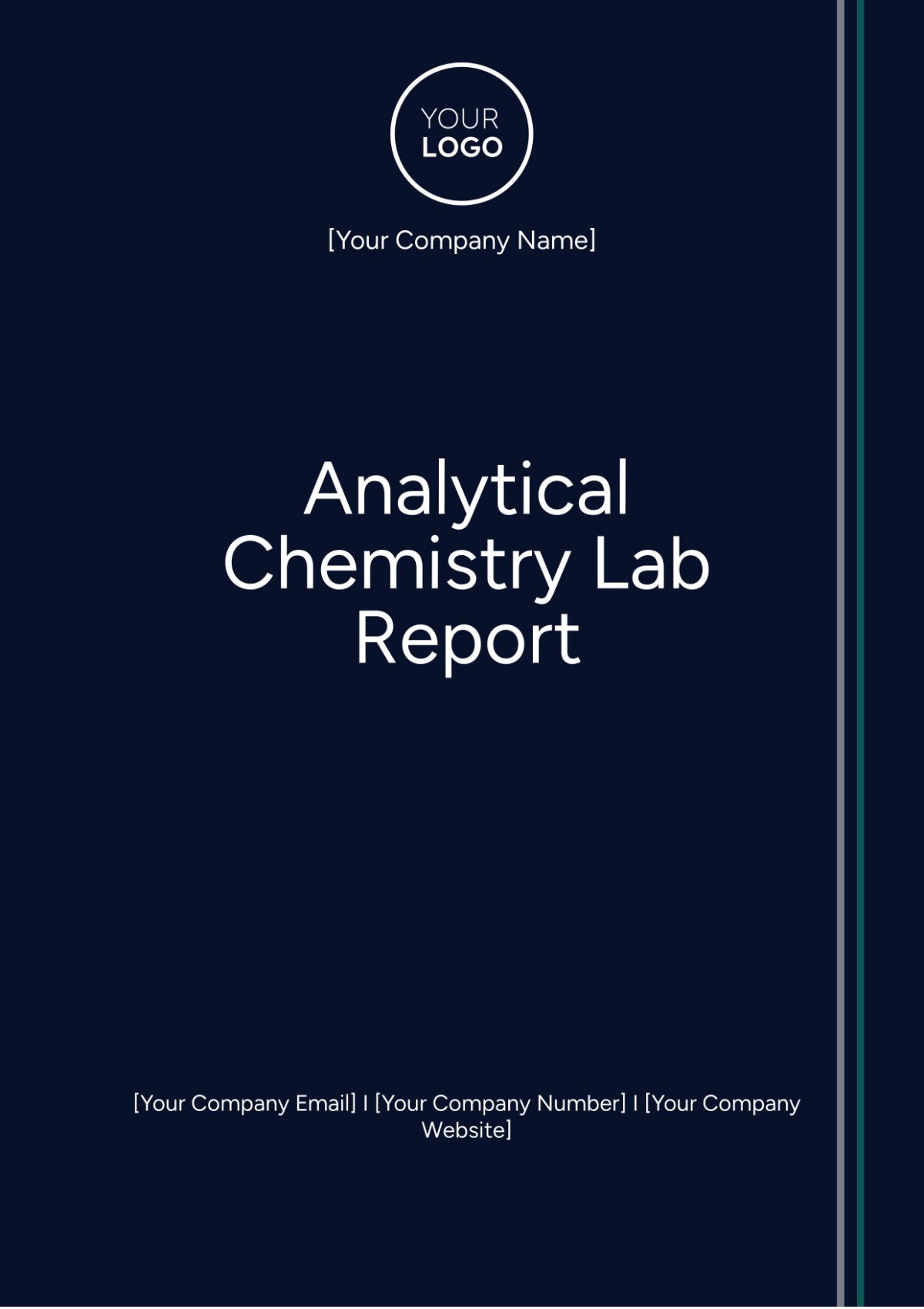Methods of Lab Report
Prepared by: [Your Name]
Date: [Date]
I. Overview of Procedures
This experiment aimed to investigate the effects of different light wavelengths on the growth of Arabidopsis thaliana, a model plant species. The study was designed to compare plant growth under varying light conditions, including red, blue, and white light, and to assess the impact of these conditions on plant development. The procedures involved setting up controlled light environments, preparing plant samples, and systematically collecting growth data over a four-week period.
II. Materials
The materials used in this experiment were as follows:
LED Light Sources: Red, blue, and white light LEDs, each calibrated to specific wavelengths.
Plant Seeds: Arabidopsis thaliana, chosen for its fast growth cycle and small size.
Plant Pots: 100 mL capacity, suitable for small plants.
Soil: Standard potting mix, which provides essential nutrients for plant growth.
Distilled Water: To ensure purity and consistency in watering.
Ruler and Calipers: For precise measurements of plant height and leaf size.
Timer: To regulate light/dark cycles and ensure consistent photoperiods.
III. Instrumentation
To ensure accurate and reliable experimental conditions, the following instruments and equipment were utilized:
Spectrophotometer: Used to verify the wavelength of each LED light source to confirm experimental accuracy.
Light Sensors: Monitored light intensity to ensure a consistent level of 200 µmol/m²/s across all light conditions.
Growth Chamber: Controlled temperature and humidity settings to maintain optimal growing conditions, set at 22°C and 60% humidity.
Digital Scale: Weighed plant and soil samples to track growth and development.
IV. Step-by-Step Procedures
Setting Up Light Conditions
Calibration: Measure and verify the wavelength of each LED light source using a spectrophotometer to ensure accurate light conditions.
Positioning: Arrange the LED light sources above the growth areas, keeping them at a uniform distance of 30 cm from the plant pots.
Light Intensity: Use light sensors to adjust the intensity to 200 µmol/m²/s, maintaining uniform lighting across all experimental groups.
Planting Seeds
Soil Preparation: Fill each plant pot with 80 g of standard potting mix, ensuring even distribution.
Seed Planting: Insert two Arabidopsis thaliana seeds per pot, placed at a depth of 1 cm to promote uniform germination.
Watering: Apply 10 mL of distilled water to each pot to moisten the soil and initiate seed germination.
Initiating Growth Period
Placement: Position the pots under the respective light conditions: red, blue, and white light.
Environmental Control: Set the growth chamber to maintain a constant temperature of 22°C and a humidity level of 60%.
Light Cycle: Implement a 16-hour light/8-hour dark photoperiod to simulate natural day-night cycles.
V. Sample Preparation
Pot Setup: Prepare a total of 27 pots, with 9 pots for each light condition (red, blue, and white light).
Labeling: Clearly label each pot with its respective light condition and replicate number to avoid confusion and ensure accurate data collection.
VI. Control and Experimental Groups
Control Group: Plants exposed to white light, serving as the baseline for comparison.
Experimental Groups:
Red Light Group: Plants exposed to red LED light.
Blue Light Group: Plants exposed to blue LED light.
VII. Data Collection Methods
Measurement | Description | Frequency | Recording Unit |
|---|---|---|---|
Height Measurement | Measure the height of each plant using a ruler. | Weekly | Centimeters |
Leaf Count | Count and document the number of leaves on each plant. | Weekly | Number of leaves |
Fresh Weight | Weigh the plants using a digital scale at the end of four weeks. | End of Experiment | Grams |
Photographic Documentation | Take photographs of plant growth for visual analysis and tracking. | Weekly | - |
VIII. Safety and Disposal Procedures
To ensure safety and proper handling:
Protective Gear: All participants wore lab coats, gloves, and safety glasses during the experiment to prevent contamination and protect against potential hazards.
Food and Drink: Prohibited in the lab area to avoid contamination of experimental samples.
Waste Management:
Plant Material: Collected in biohazard bags, autoclaved, and disposed of according to biohazard regulations.
Soil: Disposed of following local environmental regulations to minimize ecological impact.
Liquid Waste: Neutralized with appropriate chemicals before disposal into designated waste containers to ensure safe handling.

